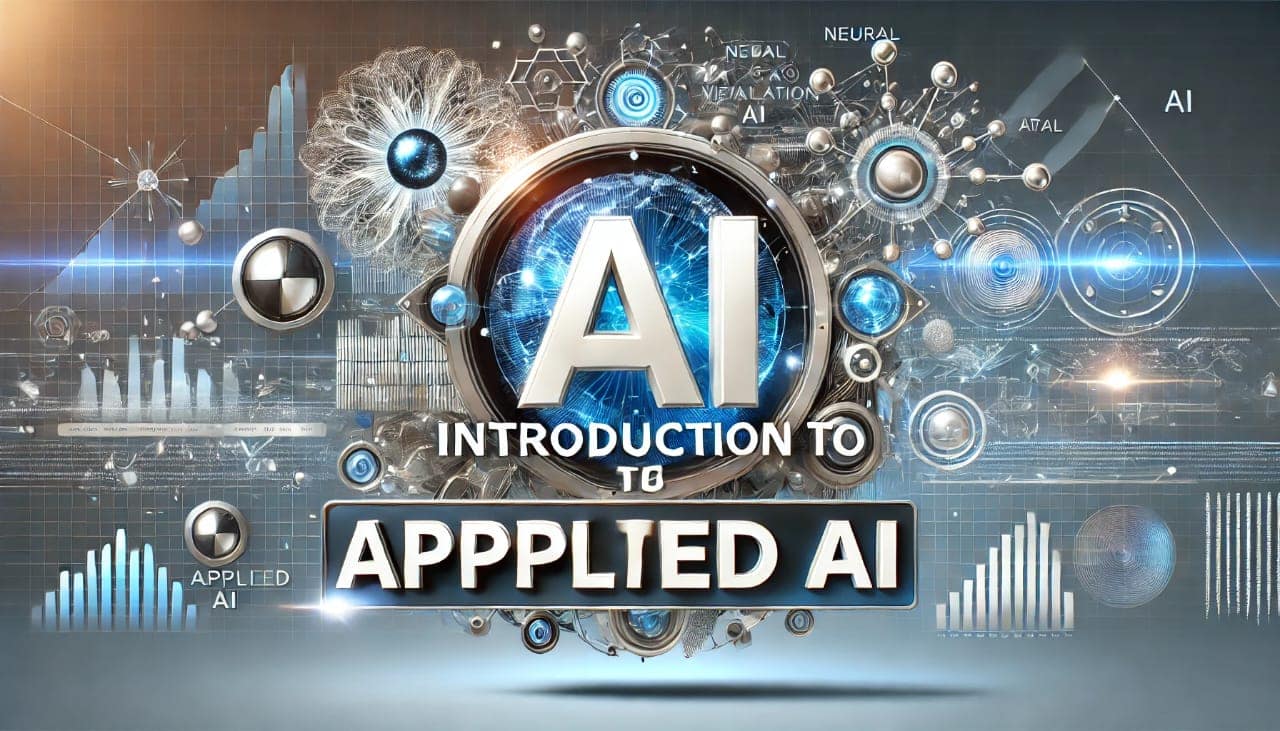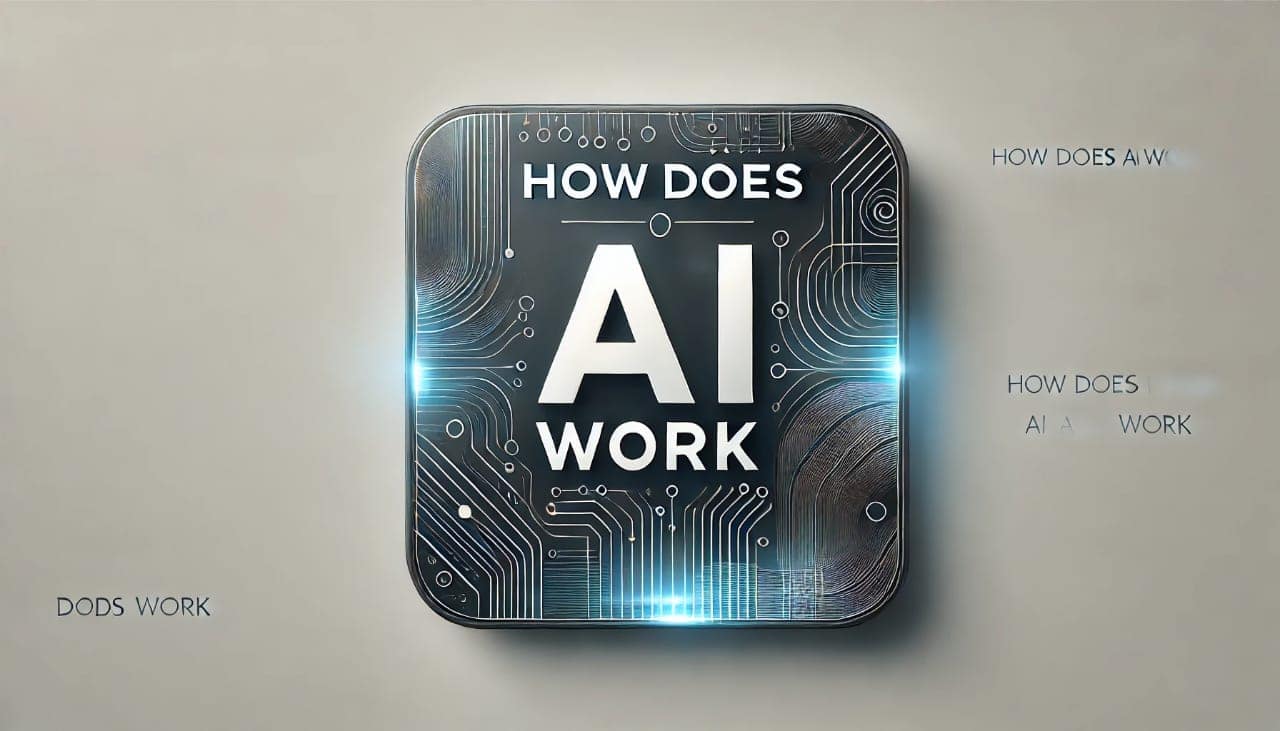
Web3 and the Future of Internet
Introduction
The internet has undergone significant changes since its inception, transforming from a simple network of static web pages to a dynamic, interactive platform. We are currently poised for yet another significant change: the move to Web3. But what exactly is Web3, and why is it being hailed as the future of the internet? This article delves into Web3, exploring its technologies, benefits, challenges, and potential to reshape the digital landscape.
The Future of Internet
What is Web3?
Web3, also known as the decentralized web, represents the next generation of internet technologies. Unlike the current Web2, which is dominated by centralized platforms and data silos, Web3 is built on decentralized networks that allow for peer-to-peer interactions without intermediaries. Web3’s primary goals are to improve privacy, provide consumers greater control over their data, and provide an online environment that is more transparent and open.
Some of the key features of Web3 include the use of blockchain technology, cryptocurrencies, decentralized applications (dApps), and smart contracts. These technologies enable trustless transactions and automated processes, reducing reliance on third parties.
The Internet’s Development: From Web1 to Web3
To fully grasp the significance of Web3, it’s essential to understand how the internet has evolved:
- Web1: Static webpages with little to no interaction were hallmarks of the early 1990s and early 2000s internet era. Users were primarily consumers of content.
- Web2: Starting in the mid-2000s, Web2 brought about the era of social media, user-generated content, and centralized platforms like Facebook, Google, and Amazon. While it made the internet more interactive, it also concentrated power in the hands of a few corporations.
- Web3: The next phase of the internet focuses on decentralization, shifting control away from corporations and giving it back to users. This is achieved through technologies like blockchain, which enables a more distributed and democratic internet.
Core Technologies Driving Web3
Several key technologies power Web3:
- Blockchain Technology: The foundation of Web3, blockchain is a distributed ledger that records transactions across multiple computers. It ensures transparency, security, and immutability.
- Cryptocurrencies and Decentralized Finance (DeFi): Cryptocurrencies like Bitcoin and Ethereum facilitate transactions within Web3, while DeFi applications enable financial services like lending, borrowing, and trading without traditional banks.
- Smart Contracts: Because the terms of these contracts are directly embedded into the code, they are self-executing. They lessen the need for middlemen by automating procedures.
- Non-Fungible Tokens (NFTs): NFTs represent unique digital assets, enabling ownership and transfer of digital goods such as art, music, and virtual real estate.
- Decentralized Autonomous Organizations (DAOs): DAOs are organizations governed by smart contracts and blockchain, allowing for decentralized decision-making and community-driven initiatives.

How Web3 Promotes Decentralization
One of the primary goals of Web3 is to eliminate intermediaries, such as tech giants and financial institutions, that currently control much of the internet.Web3 allows peer-to-peer transactions and gives Blockchain technology gives people complete control over their assets and data.
In Web3, data is stored on decentralized networks rather than centralized servers, reducing the risk of hacks and data breaches. Moreover, users can choose to remain anonymous, enhancing privacy and security. This shift towards decentralization empowers individuals, reduces censorship, and creates a more equitable digital ecosystem.
The Role of Cryptocurrencies in Web3
Cryptocurrencies play a crucial role in the Web3 ecosystem, serving as both a medium of exchange and a means of governance. For example, Ethereum’s native cryptocurrency, Ether (ETH), is used to pay for transactions and execute smart contracts on its blockchain.
In addition to traditional cryptocurrencies, Web3 projects often issue their own tokens, which can be used for various purposes, such as voting on governance proposals or accessing specific features within a platform. These tokens give users a stake in the platform, aligning incentives and promoting active participation.
Tokenized assets, decentralized finance (DeFi), and cross-border payments are examples of real-world applications of cryptocurrencies in Web 3. Cryptocurrencies enable frictionless transactions and open up new possibilities for innovation.
Decentralized Finance (DeFi) and its Impact
Decentralized Finance, or DeFi, is among Web3’s most revolutionary features.It refers to a suite of financial services built on blockchain technology, offering alternatives to traditional banking. With DeFi, users can lend, borrow, trade, and invest in a decentralized manner, without the need for intermediaries like banks or brokers.

DeFi platforms, such as Uniswap and Aave, enable users to access financial services with greater transparency, lower fees, and more flexibility. The rise of DeFi has the potential to democratize finance, making it accessible to anyone with an internet connection, regardless of geographic location.
Smart Contracts: The Backbone of Web3
Self-executing contracts, or smart contracts, function on blockchain networks. They are a foundational element of Web3, enabling trustless and automated transactions. Smart contracts execute predefined conditions without the need for intermediaries, reducing the risk of fraud and errors.
For instance, a smart contract may eliminate the need for an intermediary by immediately paying a freelancer when a project milestone is met. Industries ranging from finance to supply chain management are exploring the use of smart contracts to streamline operations and reduce costs.
Decentralized Applications (dApps)
Applications that operate on blockchain networks as opposed to centralized servers are known as decentralized apps, or dApps. Unlike traditional apps, dApps are open-source, transparent, and resistant to censorship.
Popular dApps include decentralized exchanges (DEXs) like Uniswap, gaming platforms like Axie Infinity, and social media networks like Mastodon. These dApps offer users greater control over their data and interactions, but they also face challenges such as scalability and user adoption.
The Rise of Non-Fungible Tokens (NFTs)
Non-Fungible Tokens (NFTs) have taken the digital world by storm, offering a new way to represent ownership of digital assets. NFTs are distinct and cannot be duplicated, in contrast to cryptocurrencies, which are fungible and may be traded one-to-one.
NFTs have gained popularity in the art world, with digital artists selling their works for millions of dollars. However, their applications go beyond art, extending to gaming
, music, virtual real estate, and more. NFTs provide creators with new revenue streams and empower users to own and trade digital assets.

Decentralized Autonomous Organizations (DAOs)
Decentralized Autonomous Organizations, or DAOs, are organizations governed by smart contracts and blockchain rather than traditional corporate hierarchies. DAOs operate on a set of predefined rules encoded on the blockchain, enabling decentralized decision-making and governance.
MakerDAO, which oversees the Dai stablecoin, and Gitcoin DAO, which provides funding for open-source software initiatives, are two instances of prosperous DAOs. DAOs allow communities to come together and make decisions collectively, without the need for centralized leadership. This model has the potential to revolutionize how organizations operate, making them more transparent, democratic, and efficient.
Challenges Facing Web3 Adoption
Despite its potential, Web3 faces several challenges that could hinder its widespread adoption:
- Scalability Issues: Blockchain networks, particularly Ethereum, have struggled with scalability, leading to high transaction fees and slow processing times. Solutions like layer 2 scaling and new consensus mechanisms are being developed to address these issues.
- Regulatory Concerns: The decentralized nature of Web3 poses challenges for regulators, who may struggle to enforce laws and protect consumers. Governments around the world are grappling with how to regulate cryptocurrencies, DeFi, and other Web3 technologies.
- User Experience and Accessibility: For many users, Web3 can be complex and difficult to navigate. Improving the user experience and making Web3 applications more accessible will be crucial for driving adoption.
- Environmental Impact: Blockchain networks like Bitcoin and Ethereum have faced criticism for their energy consumption. Transitioning to more energy-efficient consensus mechanisms, such as Proof of Stake (PoS), could mitigate this issue.
The Possible Effects of Web3 on Different Industries
Web3 has the potential to upend a lot of sectors, such as:
- Finance and Banking: DeFi is already challenging traditional financial institutions by offering decentralized alternatives to lending, borrowing, and trading.
- Entertainment and Media: NFTs and decentralized content platforms could revolutionize how creators monetize their work and interact with their audiences.
- Healthcare: Web3 could improve data security and patient privacy in healthcare by enabling decentralized data storage and sharing.
- Supply Chain and Logistics: Blockchain technology can enhance transparency and traceability in supply chains, reducing fraud and inefficiencies.
The Future of Web3 and the Internet

As Web3 continues to evolve, its impact on the internet and society will become increasingly apparent. While there are challenges to overcome, the potential benefits of Web3—decentralization, user empowerment, and innovation—are immense. In the coming years, we can expect to see more industries adopting Web3 technologies, further blurring the lines between the digital and physical worlds.
Governments and institutions will also play a crucial role in shaping the future of Web3. Striking a balance between innovation and regulation will be key to ensuring that Web3 reaches its full potential while protecting users and maintaining trust.
- Complete Python Course : Click here
- Free Notes :- Click here
- New Project :-https://www.youtube.com/@Decodeit2
- Java Projects – Click here
future of the internet,censorship and the future of the internet,internet,future of internet,future internet,the future of internet,the future of the internet,cryptopia bitcoin blockchains and the future of the internet,future,web3: the future of the internet,internet future,declaration for the future of the internet,internet of things,what is the meaning of future internet,why some see web 3.0 as the future of the internetfuture of internet group discussion,
future of internet essay,
future of internet 2050,
future of internet pdf,
future of internet ppt,
the future of internet onpassive,
future of internet advantages and disadvantages,
future of internet wikipedia,
future of internet with artificial intelligence,
future of internet now,
future of the internet 2025,







Post Comment